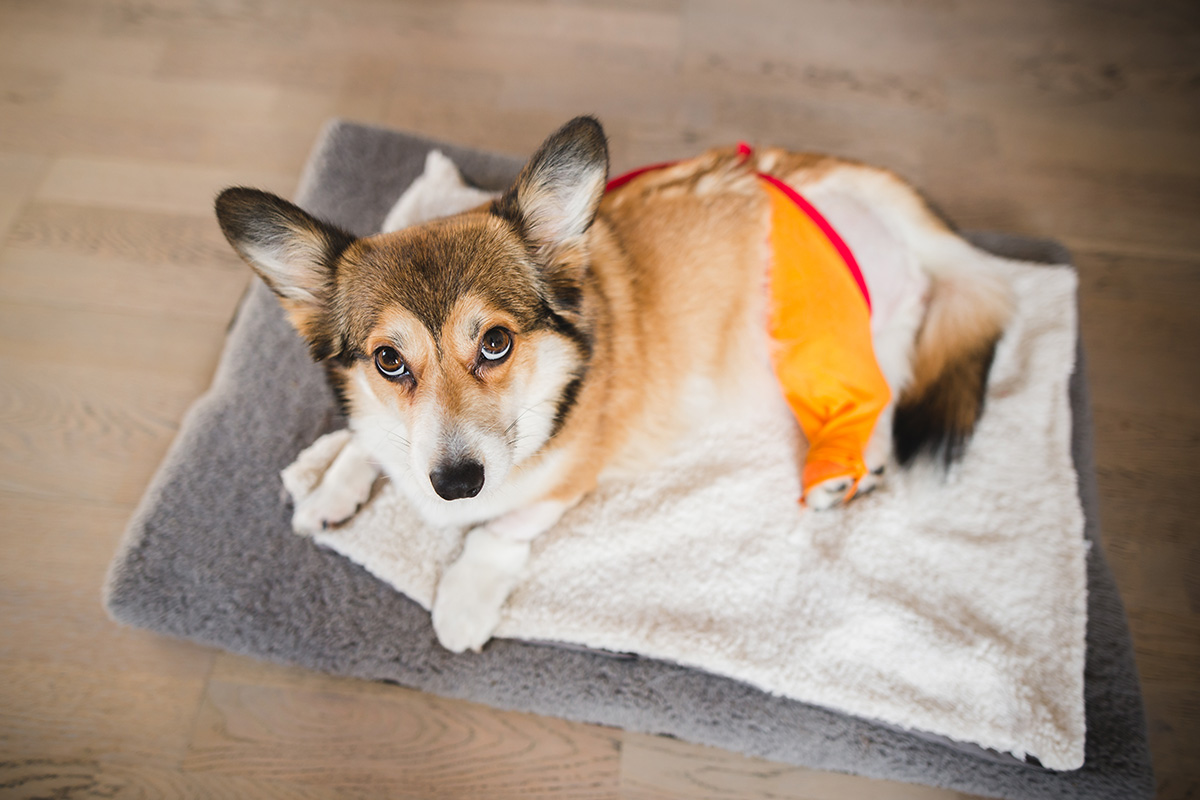When the cranial cruciate ligament becomes damaged, the femur tends to rollin a downhill direction. This is because the tibial plateau in dogs is sloped approximately 20-30 degree in most dogs. This is a major problem for a dog, which is why a tibial plateau levelling osteotomy (TPLO) is recommended.
The aim of the TPLO is to reduce the slope of the tibial plateau to 5 degrees. This is achieved by making a well planned and executed cut in the tibia using a power saw. This allows the tibial plateau to be rotated. The cut in the tibia is then stabilized with a strong plate and screws.
Aftercare is important. While surgery can restore function quite quickly, that doesn’t mean that the healing process is complete. Your animal will want to run, jump and use their body before it’s safe. Be prepared to keep your pet in a safe and confined space during the recovery process.
When you reunite with your pet, they may be still under the effects of sedatives or they might be happy to see you. In either case, try to keep them calm and relaxed. You’ll be given painkillers to help them – this is a must for aftercare. Your vet will then advise you on specific care for your individual needs.
The first few weeks or so after the surgery can be somewhat unpredictable regarding function. Every animal will respond in a different way. If there is no use of the operated area after a couple of days, then a recheck may be necessary.
You will need to report to your vet if your pet experiences a decrease in functionality after breaking the after-care rules, for example running or jumping.
Safe exercise is a vital part of post-surgery rehabilitation. Gentle short walks on the lead are recommended. Please follow the instructions provided to you by the surgeon. At no point should your pet be allowed to run or jump, as this may damage the joint or slow down the recovery process.
The end result for a procedure like this is often good or excellent assuming there are no complications. It is very possible for a pet to regain full function of the operated limb providing the surgery is successful and after-care is without any complications.
It is important to acknowledge your role as the owner in providing your pet with a calm and relaxed environment to heal. You must not encourage any bursts of energetic movement during the early stages, and make sure to consult with a vet if you are ever concerned.

